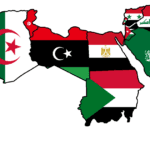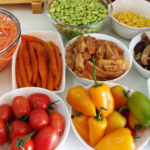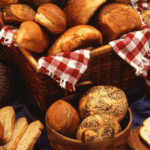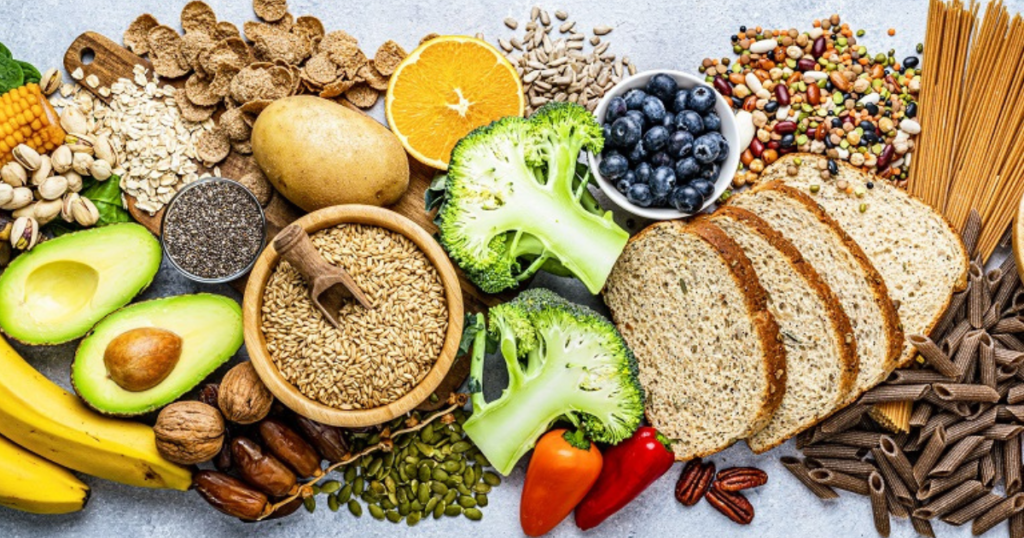
Table of Contents
1.Labanese Cuisine Is One Of The 6 Popular Cuisines
Lebanese cookery is one of the culinary traditions and practices forming from Lebanon,it is one of the 6 popular cuisines . It includes an cornucopia of whole grains, fruits, vegetables, fresh fish and seafood. Flesh is eaten more frequently than red meat, and when red meat is eaten, it’s generally angel and scapegoat meat. Dishes include riotous quantities of garlic and olive oil painting, and dishes are frequently seasoned with bomb juice. Chickpeas and parsley are also masses of the Lebanese diet.
Well- known dishes include baba ghanouj, tabbouleh, sfeeha, falafel and shawarma. An important element of numerous Lebanese refections is hummus, a chickpea puree dish, and numerous dishes are eaten with flatbread. Well- known goodies include baklawa, sfouf andka’ak. Some goodies are specifically prepared on special occasions; for illustration, meghli( rice pudding cate , seasoned with anise, caraway, and cinnamon) is served to celebrate a invigorated baby in the family.
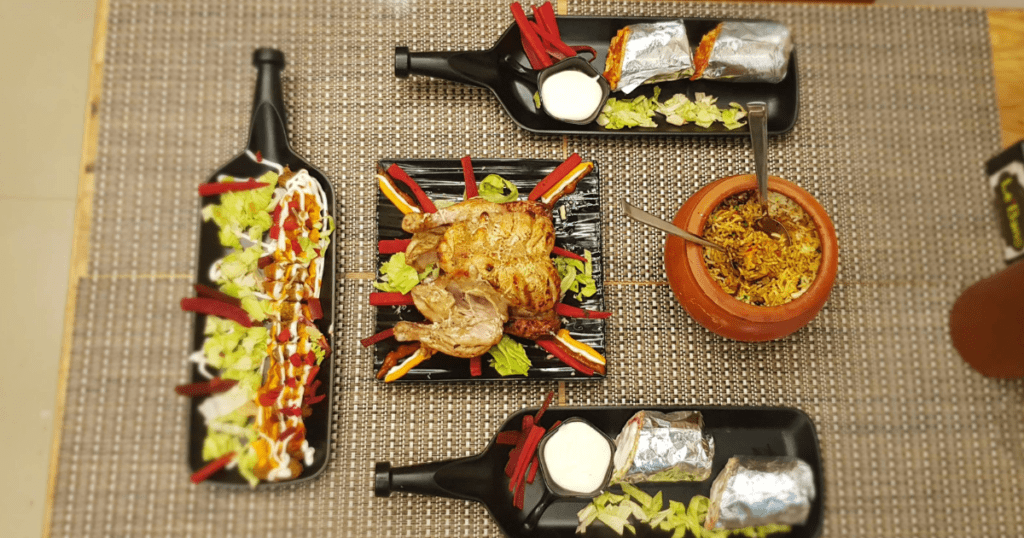
2.American Cuisine
American cookery consists of the cuisine style and traditional dishes prepared in the United States of Americaan belongs to 6 popular cuisines. It has been significantly told by Europeans, indigenous Native Americans, Africans, Latin Americans, Asians, Pacific Islanders, and numerous other societies and traditions. star influences on American cookery are European, Native American, soul food, indigenous heritages including Cajun, Louisiana Creole, Pennsylvania Dutch, Mormon foodways, Texan, Tex- Mex, New Mexican, and Tlingit, and the cookeries of indigenous groups similar as Chinese American, Italian American, Greek American and Mexican American.The large size of America and its long history of immigration have created an especially different cookery that varies by region.
Highlights of American cookery include milkshakes, regale, and a wide range of fried foods. numerous definitive American dishes are unique takes on food firstly from other culinary traditions, including pizza, hot tykes , and Tex- Mex. Regional highlights include a range of fish dishes in the littoral countries, gumbo, and cheesesteak. American cookery has specific foods that are eaten on leaves, similar as a lemon at thanksgiving regale or Christmas regale. ultramodern American cookery includes a focus on fast food, as well as take- out food, which is frequently ethnical. There’s also a vibrant culinary scene in the country girding televised celebrity cookers.
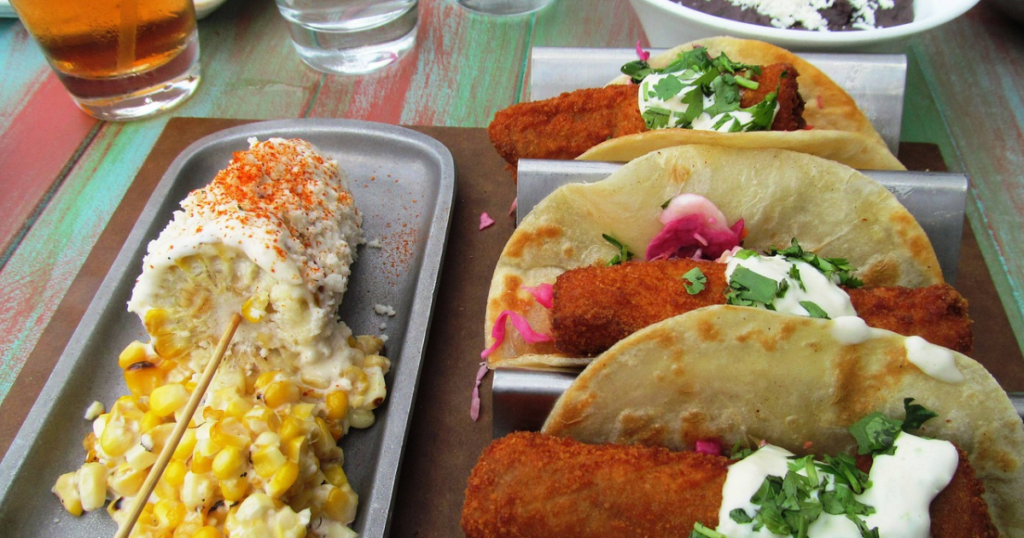
3.Italian Cusine
Italian cookery( Italian cucina italiana, pronounced( kuˈtʃiːna itaˈljaːna)) is a Mediterranean cookery conforming of the constituents, fashions and cooking ways developed in Italy since Roman times and latterly spread around the world together with swells of Italian diaspora. Some of these foods were imported from other societies. Significant changes passed with the colonization of the Americas and the preface of potatoes, tomatoes, capsicums, sludge and sugar beet — the ultimate introduced in volume in the 18th century. It’s one of the best- known and most appreciated cuisines worldwide.
Italian cookery includes deeply embedded traditions common to the whole country, as well as all the indigenous cuisines belongs to 6 popular cuisines, different from each other, especially between the north, the centre and the south of Italy, which are in nonstop exchange. numerous dishes that were formerly indigenous have mushroomed with variations throughout the country.
Italian cookery offers an cornucopia of taste, and is one of the most popular and copied around the world. The cookery has told several other cookeries around the world, primarily that of the United States in the form of Italian- American cookery.
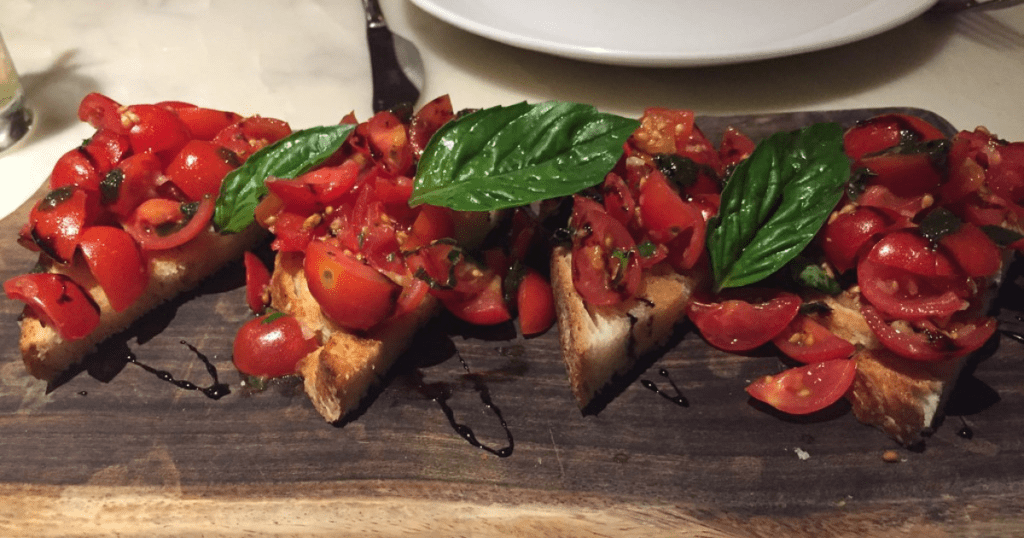
4.Arab Cuisine
Arab cookery is the cookery of the Arab world, defined as the colorful indigenous cookeries of the Arab people, gauging from the Maghreb to the Mashriq. These cookeries are centuries old and reflect the culture of trading in constituents, spices, sauces, and goods. The regions have numerous parallels, but also unique traditions. They’ve also been told by climate, civilization, and collective commerce.
Meat angel and funk are the most used, followed by beef and scapegoat. Other flesh is used in some regions, and fish is used in littoral areas including the Mediterranean Sea, Atlantic Ocean and the Red Sea. Some Christian Arabs eatpork.Herbs and spices include sesame, saffron, black pepper, allspice, turmeric, garlic, cumin, cinnamon, parsley, coriander and sumac.
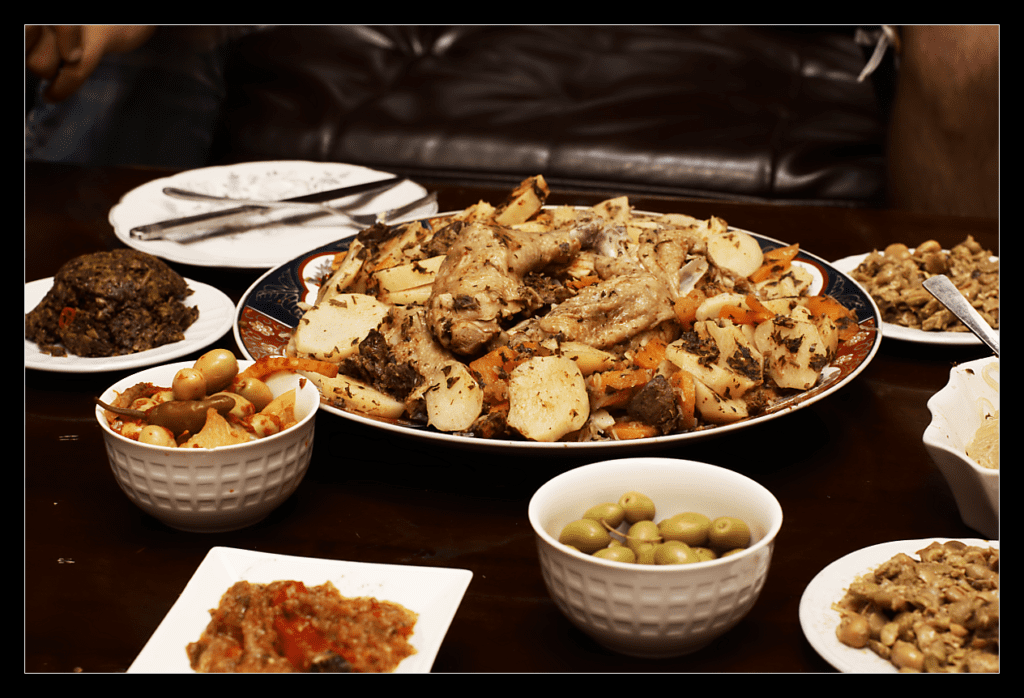
5.Chinese Cuisine
Chinese cookery comprise cookeries forming from China, as well as from Chinese people forming from other corridor of the world. Because of the Chinese diaspora and literal power of the country, Chinese cookery has profoundly told numerous other cookeries in Asia and 6 popular cuisines, with variations made to feed to original palates. Chinese food masses similar as rice, soy sauce, polls, tea, chili oil painting, and tofu, and implements similar as tablewares and the wok, can now be set up worldwide.
The world’s foremost eating establishments recognizable as caffs in the ultramodern sense first surfaced in Song dynasty China during the 11th and 12th centuries. Street food came an integral aspect of Chinese food culture during the Tang dynasty, and the road food culture of important of Southeast Asia was established by workers imported from China during the late 19th century.
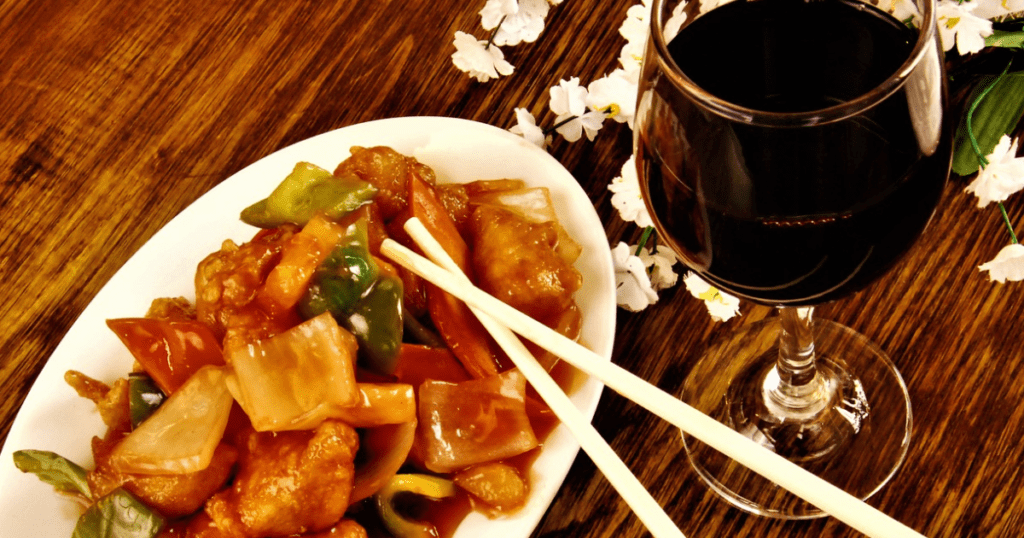
6.Indian Cuisine
Indian cookery consists of a variety of indigenous and traditional cookeries native to India and comes in 6 popular cuisines . Given the diversity in soil, climate, culture, ethnical groups, and occupations, these cookeries vary mainly and use locally available spices, sauces, vegetables, and fruits.
Indian food is also heavily told by religion, in particular Hinduism and Islam, artistic choices and traditions.
Literal events similar as irruptions, trade relations, and colonialism have played a part in introducing certain foods to this country. The Columbian discovery of the New World brought a number of new vegetables and fruit to India. A number of these similar as potatoes, tomatoes, chillies, peanuts, and guava have come masses in numerous regions of India.
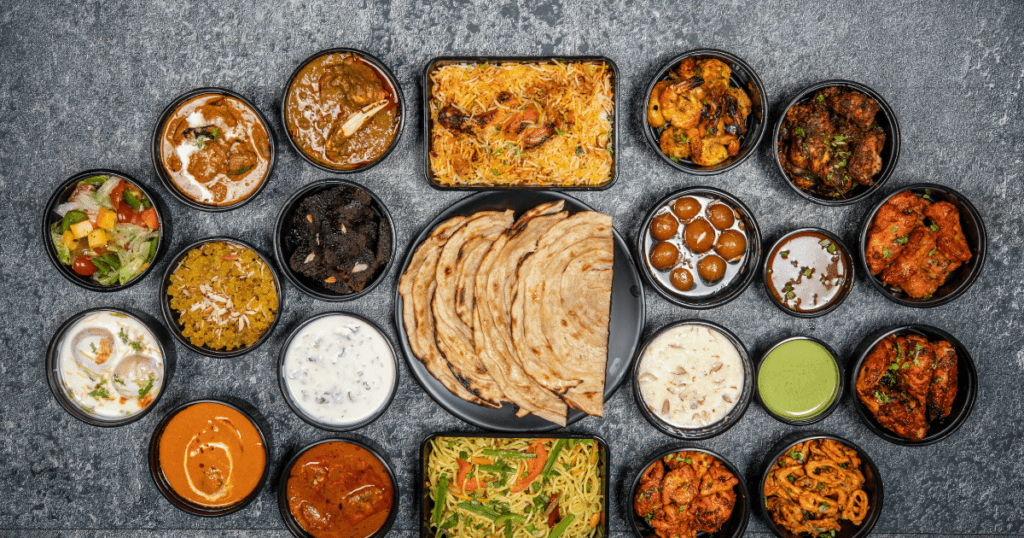
7.Japanese Cuisine
Japanese cookery encompasses the indigenous and traditional foods of Japan and has place in 6 popular cuisines , which have developed through centuries of political, profitable, and social changes. The traditional cookery of Japan( Japanese washoku) is grounded on rice with miso haze and other dishes; there’s an emphasis on seasonal constituents. Side dishes frequently correspond of fish, pickled vegetables, and vegetables cooked in broth. Seafood is common, frequently grilled, but also served raw as sashimi or in sushi. Seafood and vegetables are also deep- fried in a light batter, as tempura. piecemeal from rice, a chief includes polls, similar as soba and udon. Japan also has numerous coddled dishes, similar as fish products in broth called oden, or beef in sukiyaki and nikujaga.
Historically told by Chinese cookery, Japanese cookery has also opened up to impact from Western cookeries in the ultramodern period. Dishes inspired by foreign food — in particular Chinese food — like ramen and gyōza, as well as foods like spaghetti, curry and hamburgers, have been acclimated to Japanese tastes and constituents. Some indigenous dishes have also come familiar throughout Japan which are among 6 popular cuisines , including the taco rice chief of Okinawan cookery that has itself been told by American and Mexican culinary traditions.
Traditionally, the Japanese escaped meat as a result of adherence to Buddhism, but with the modernization of Japan in the 1880s, meat- grounded dishes similar as tonkatsu and yakiniku have come common. Since this time, Japanese cookery, particularly sushi and ramen, has come popular encyclopedically.

